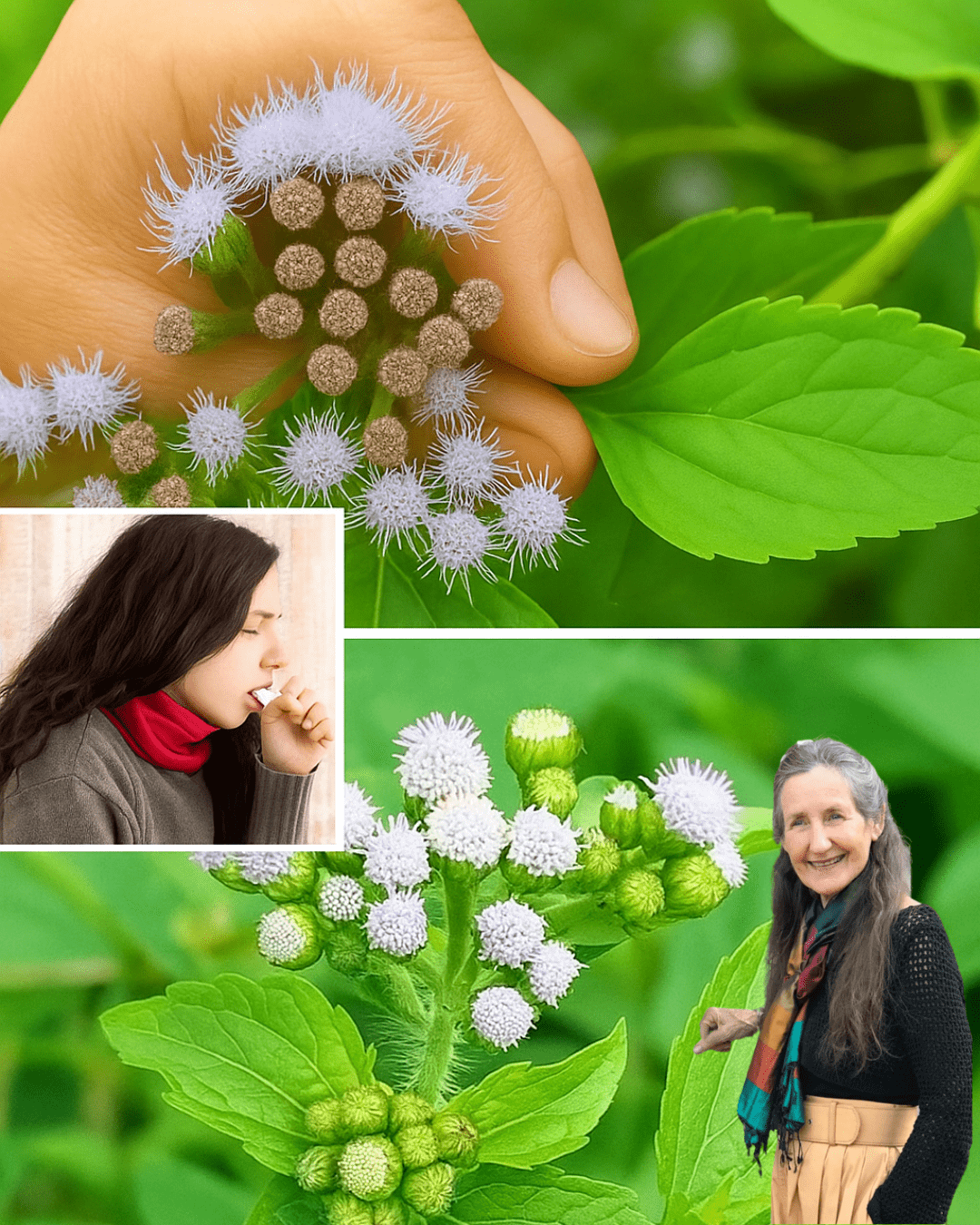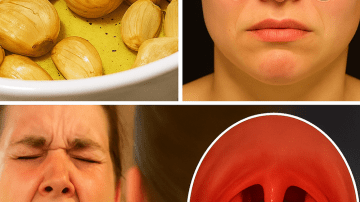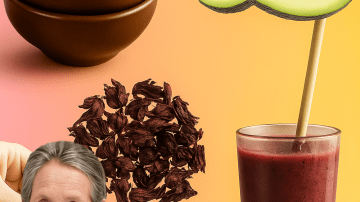What if one of the most effective natural remedies for everyday health problems is a “weed” you’ve probably walked past a hundred times? Chromolaena odorata—often called Siam weed or simply the healing weed—has quietly supported traditional medicine across Asia and Africa for generations. Today, modern interest is catching up. From stopping minor bleeding to supporting radiant skin, this humble green plant is earning a place in home apothecaries for good reason.
In this guide, you’ll learn exactly what makes Chromolaena odorata so remarkable, the science-informed ways to use it, and the essential precautions to keep you safe. Whether you’re building a natural first-aid kit, upgrading your skincare routine, or exploring gentle herbal support for immunity and digestion, this is your practical, easy-to-follow blueprint.

What Is Chromolaena odorata—and Why Are People Talking About It?
Chromolaena odorata is a fast-growing perennial herb known by many names: Siam weed, devil weed, or the healing weed. It thrives in tropical climates and has long been used by traditional healers for cuts, burns, rashes, and general wellness. Its leaves contain a cocktail of plant compounds—flavonoids, tannins, alkaloids, and powerful antioxidants—that may explain its wide range of benefits.
✨ Bottom line: It’s abundant, accessible, and versatile. When used correctly, it can be a smart, budget-friendly addition to your natural wellness routine.
15 Incredible Benefits of Chromolaena odorata
1) Stops Minor Bleeding, Naturally
🩹 Crushed fresh leaves are traditionally applied to small cuts and abrasions to help promote clotting. Many users consider it a reliable first-aid ally when you need quick support while cleaning and dressing a wound.
2) Supports Faster Wound Healing
🌿 With antimicrobial and anti-inflammatory properties, preparations from the leaves can help keep minor wounds cleaner and calmer while your body repairs tissues. It’s not a substitute for medical care, but it can complement proper wound hygiene.
3) Soothes Burns, Bites, and Skin Irritations
🔥 Minor burns, insect bites, and rash-prone spots often benefit from the plant’s cooling feel and gentle calming effect. Topical use may help reduce the look of redness and swelling, bringing quick comfort to stressed skin.
4) Fights Unfriendly Microbes
🛡️ Traditional use and emerging research point to broad antimicrobial activity against certain bacteria and fungi. While it is not an antibiotic replacement, it’s one more reason the herb shows up in folk recipes for skin and oral care.
5) Calms Everyday Inflammation
💆 Flavonoids in the leaves act as natural soothers for over-reactive skin and joints. For occasional aches or puffy areas, topical applications are popular; some also enjoy a mild tea for a gentle, whole-body complement.
6) Supports Oral Hygiene the Natural Way
🦷 In some traditions, people chew washed leaves or prepare a diluted rinse to freshen breath and comfort gums. When used hygienically and in moderation, it can complement brushing and flossing for an extra clean feel.
7) Antioxidant Boost for Everyday Defense
🧡 The plant’s antioxidant profile helps your body neutralize free radicals, which can damage cells over time. Adding a carefully prepared infusion to your routine may support overall resilience—especially during times of stress.
8) Gentle Support for Digestion
🍵 A mild tea of the leaves is a traditional go-to for occasional stomach upset. Users report it feels settling during bouts of digestive discomfort and may help calm overactive intestines when used prudently.
9) Promotes Clear, Radiant-Looking Skin
✨ Topical preparations are often used to reduce blemishes, support a healthy skin barrier, and brighten dull complexions. Its antimicrobial and antioxidant actions make it a favorite in DIY balms and herbal toners.
10) Comforts Seasonal Throat and Chest Irritation
🌬️ A warm, well-strained infusion can feel soothing for dry throats and seasonal tickles. Many people sip it during weather changes to feel a bit clearer and more comfortable.
11) May Help Maintain Steady Blood Sugar (Early Evidence)
📈 Preliminary studies suggest the plant could support glucose balance. If you manage blood sugar concerns, treat Chromolaena as a complementary option only, and always consult your clinician before adding any herb.
12) Antioxidant Shield for the Liver
🛠️ The liver faces constant oxidative stress. Antioxidants in Chromolaena may help defend liver cells, supporting the organ’s natural detox processes. Pair with a wholesome diet for best results.
13) Natural, Gentle Relief for Everyday Aches
🧘 Many people massage diluted leaf oil into sore muscles or apply poultices to minor sprains. It’s a plant-based option that feels comforting without heaviness.
14) Encourages the Body’s Natural Detox Pathways
💧 A light infusion can be part of a gentle reset, helping you hydrate and support normal elimination. Think of it as a subtle nudge for balance, not a dramatic cleanse.
15) Affordable, Accessible, and DIY-Friendly
🌱 Unlike pricey supplements, Chromolaena grows widely in many regions and can be prepared simply at home. With the right know-how and hygiene, it’s a practical herb for everyday wellness.

How to Use Chromolaena odorata Safely and Effectively
Before you begin, remember a key principle: cleanliness and moderation. Plants harvested from roadsides can contain dust or pollutants; only use leaves from clean areas, and wash thoroughly.
Topical Uses (External Only)
🖐️ Fresh-leaf poultice for minor cuts
Gently wash leaves, pat dry, and crush with clean fingers or a sanitized mortar and pestle. Apply a thin layer to freshly cleaned minor cuts or scrapes, then cover with sterile gauze. Use only for small, superficial injuries and monitor for irritation.
🌿 Calming compress for bites, rashes, and puffy areas
Steep washed leaves in hot water for 10–15 minutes. Cool, strain meticulously, and soak a clean cloth. Apply to the affected area for 10–15 minutes. Repeat once or twice daily as needed.
💧 Infused oil for massage
Place clean, fully dry leaves in a clean jar and cover with a neutral carrier oil (such as coconut or sunflower oil). Infuse in a warm spot for 1–2 weeks, shaking daily. Strain through a fine filter, label, and store cool. Massage into tense muscles or around joints.
Internal Uses (When Appropriate)
🍵 Mild herbal tea
Steep a few thoroughly washed leaves in hot water for 10 minutes. Strain carefully. Start with small amounts (for example, half a cup) to see how you feel. This mild infusion is traditionally used for digestion and seasonal throat comfort.
🥄 Practical dosing tips
Begin low and slow. Try using the herb a few times per week, not every day, and watch for any changes. If you take medications or manage chronic conditions, speak with your healthcare provider first.
Essential Precautions You Should Not Skip
🚫 Not a substitute for urgent care
Serious wounds, deep cuts, burns beyond minor first degree, fever, spreading redness, or pus require medical attention. Use Chromolaena only as a supportive measure for minor issues.
🧼 Hygiene is non-negotiable
Always wash leaves thoroughly. Use clean tools, clean containers, and clean hands. Do not place unfiltered liquids directly into the eyes or ears.
👶 Pregnancy and breastfeeding
If you are pregnant, planning to become pregnant, or breastfeeding, avoid internal use unless your clinician explicitly approves it.
💊 Medication interactions
If you take prescription medicines (especially for blood sugar, blood pressure, or blood thinning), consult your clinician before using Chromolaena internally.
🌿 Allergy awareness
Do a patch test before topical use: apply a small amount of the preparation to your inner forearm and monitor for 24 hours. Discontinue immediately if you notice redness, itching, or irritation.
🧭 Source matters
Avoid harvesting from polluted areas (roadsides, industrial zones). Choose clean environments or reputable herb suppliers to minimize contamination risk.
Your Simple Starter Plan
🗓️ Week 1: Learn and test
Read this guide, gather clean leaves, and try a single topical use—either a compress for a bite or a very small poultice for a minor scrape. Patch test first.
🫖 Week 2: Add a mild infusion
If you tolerated topical use well, prepare a well-strained, mild tea once or twice this week. Note how your digestion and overall comfort feel.
🧴 Week 3: Explore an infused oil
Create a small batch of leaf-infused oil and use it for light massage on tight calves, shoulders, or the lower back. Observe how your body responds over several days.
📝 Keep a tiny wellness log
Track what you used, how much, and how you felt. This makes it easier to notice patterns and decide what genuinely works for you.
Frequently Asked Questions
Is Chromolaena odorata safe for daily use?
It’s better to use it intermittently and in modest amounts, especially internally. Many people reserve daily use for topical applications during a short period (for example, while a minor skin issue resolves).
Can I use it on children?
For kids, keep to very mild topical applications and only for minor concerns, after a patch test. For internal use in children, consult a pediatric professional first.
What does the tea taste like?
Herbal and slightly bitter. If desired, you can soften the bitterness with a squeeze of lemon or a bit of honey—provided these are appropriate for you.
How long does infused oil last?
If fully strained and stored in a cool, dark place, most carrier-oil infusions keep 1–3 months. Discard if the smell changes or if you see cloudiness or growth.
Can it replace my medication?
No. Chromolaena is a complementary herb. Do not stop or reduce prescribed treatments without your clinician’s guidance.
The Takeaway: A Small Plant with Big Potential
🌿 Chromolaena odorata is more than a roadside weed—it’s a versatile herb with a long tradition and a growing audience. It can help with minor bleeding, calm irritated skin, support oral freshness, ease everyday inflammation, encourage digestive comfort, and nourish your skin’s glow. When used responsibly—with clean preparation, careful dosing, and common-sense precautions—it earns a well-deserved spot in your natural wellness toolkit.
💚 If you’re seeking affordable, practical, and time-tested herbal support, start small: try a clean leaf compress, prepare a mild tea, or craft a simple infused oil. Listen to your body, track your results, and collaborate with your healthcare provider when needed. Your natural wellness journey doesn’t require expensive products—sometimes, the most effective helpers are the ones growing quietly at the edge of the path, waiting to be noticed.
ChatGPT






